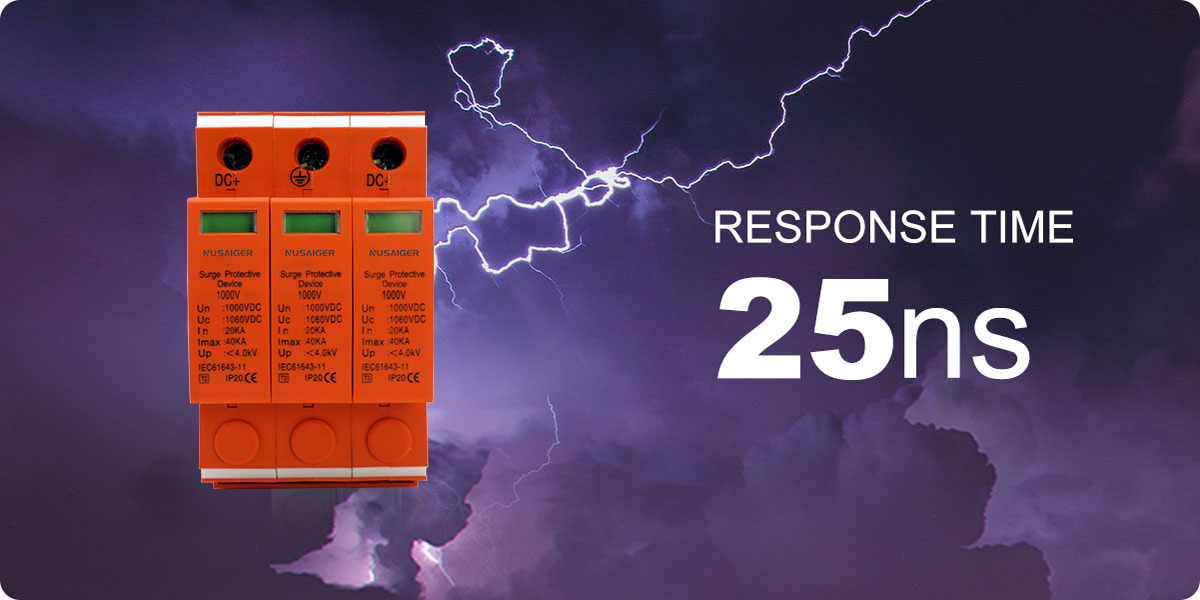Myths and Misconceptions About Surge Protective Devices: What You Need to Know
Despite the critical role surge protective devices play, many users hold false assumptions about how SPDs work and when they’re needed. Let’s debunk some of the most common myths surrounding surge protection.
Myth 1: Only Lightning Causes Surges
While lightning is a major threat, up to 80% of electrical surges originate from within the building. Devices like refrigerators, pumps, and elevators can generate damaging transients during their switching cycles.
Myth 2: Power Strips with Switches Are Surge Protectors
Many power strips sold in stores lack actual surge protection components. Unless labeled with joule ratings or UL 1449 compliance, they offer no real protection against transients.
Myth 3: One SPD Is Enough for an Entire Facility
Relying on a single surge protector at the main panel ignores the layered approach recommended by standards. A combination of Type 1, 2, and 3 SPDs ensures optimal protection at every level.
Myth 4: Surge Protectors Last Forever
SPDs wear out after absorbing multiple surges. Some may stop functioning without visible signs. Always choose models with failure indicators and plan for periodic replacements.
Conclusion
Dispelling SPD myths is the first step toward building an effective surge defense strategy. Educating yourself and choosing the right SPDs based on verified standards is key to avoiding preventable equipment damage and data loss.



